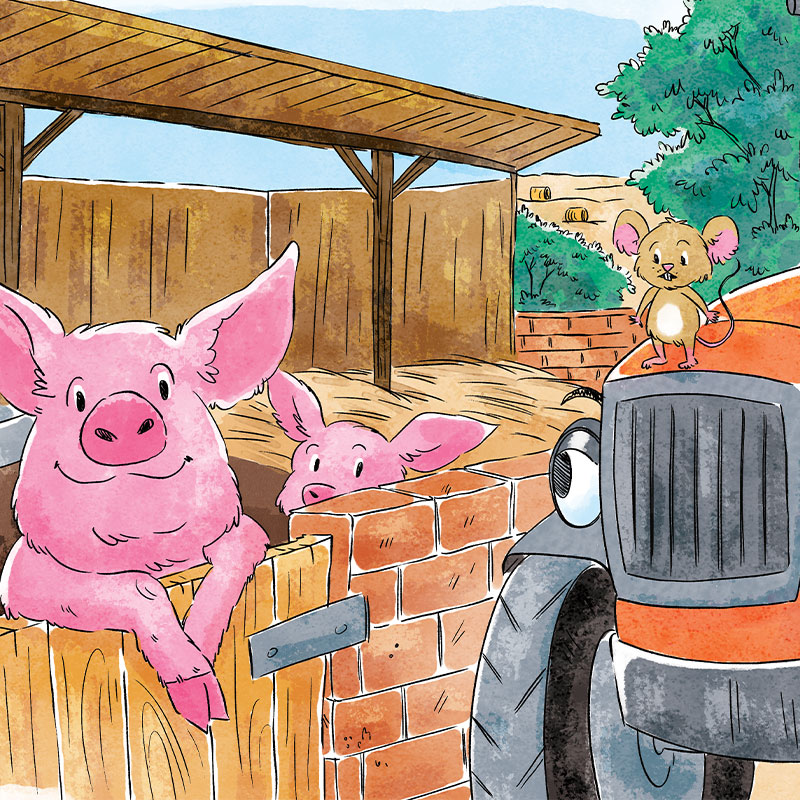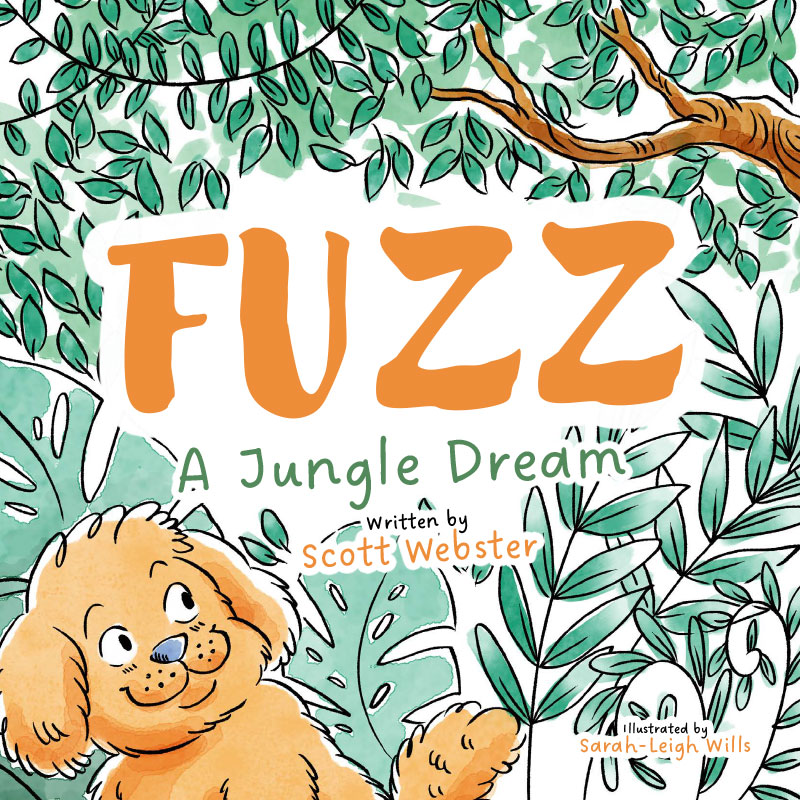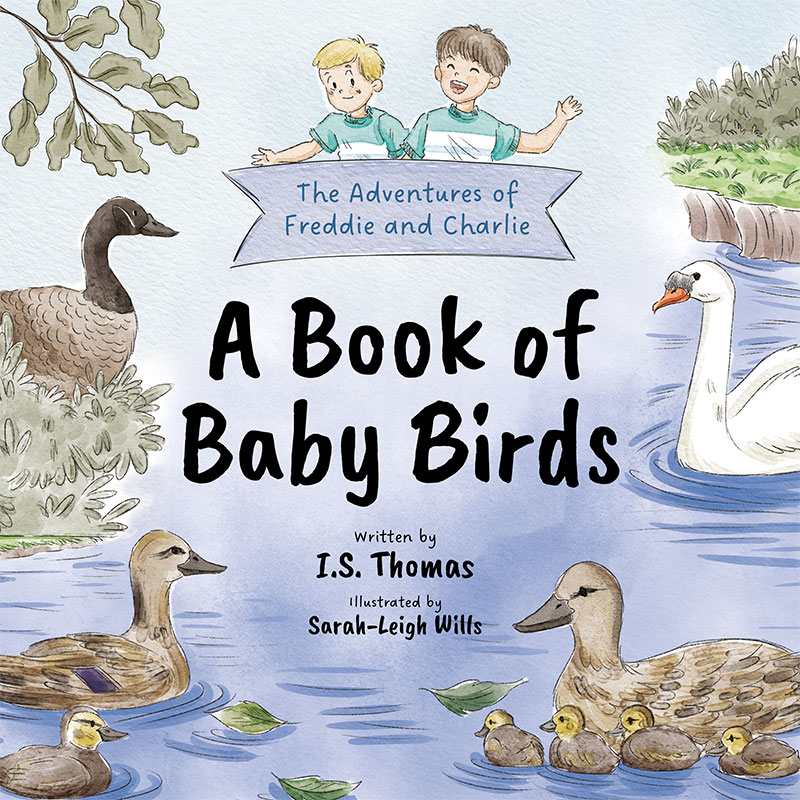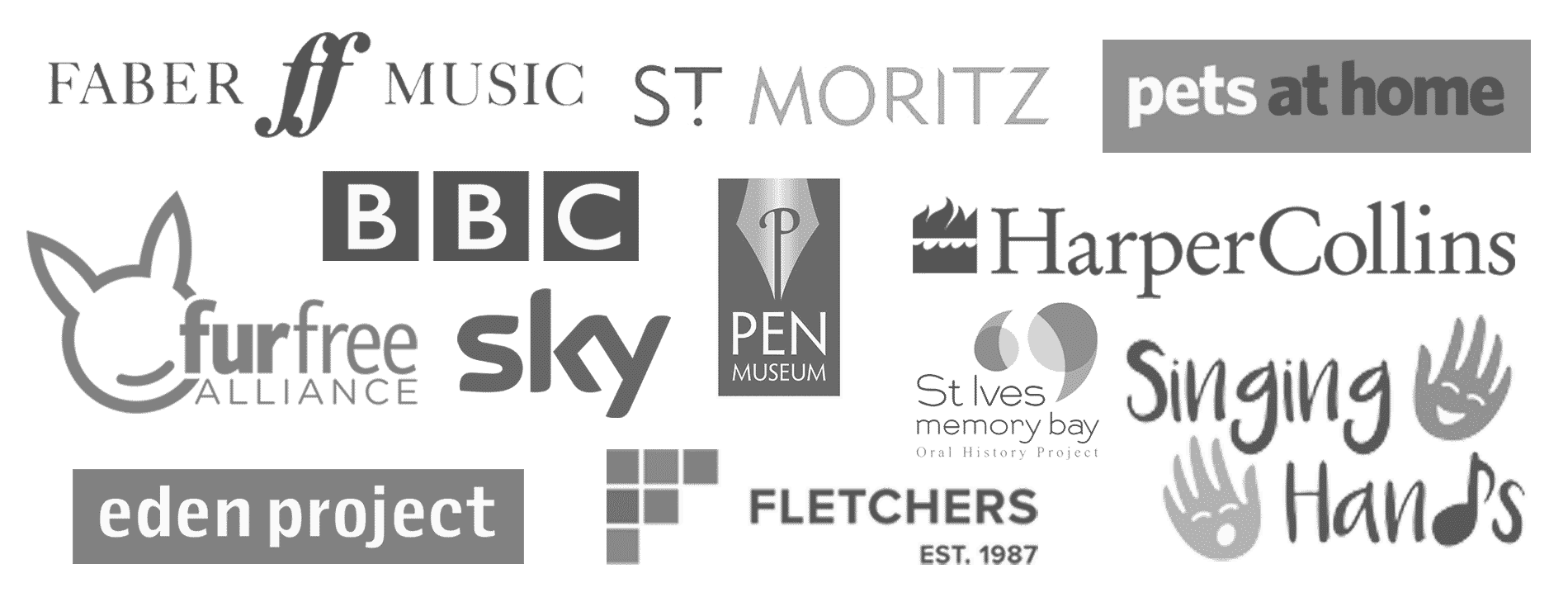Animal characters have been a staple in children’s stories for centuries, captivating young readers with their charm, wit, and relatability. From the lovable bear Winnie-the-Pooh to the mischievous rabbit Peter Rabbit and the clever Gruffalo, these characters have become icons in the world of children’s literature. But what is it about animal characters that makes them so appealing to children? This article explores the psychological appeal, educational value, and ability of animal characters to transcend human differences, making them an essential element in children’s stories. By understanding the vital role that animal characters play, we can better appreciate their enduring popularity and the impact they have on young readers.
The Psychological Appeal of Animal Characters
One of the primary reasons animal characters are so beloved in children’s literature is their psychological appeal. Animals are often seen as non-threatening and comforting figures, allowing children to form emotional connections with them easily. When a child reads about a kind-hearted bear or a brave mouse, they can project their own emotions onto the character, finding solace and understanding in their struggles and triumphs. This emotional connection helps children develop empathy and self-awareness, as they learn to recognise and process their own feelings through the experiences of the animal characters.
Moreover, animal characters stimulate children’s imagination and creativity. By assigning human characteristics and abilities to animals, writers can create a world where anything is possible. A talking rabbit with a pocket watch or a flying elephant with oversized ears encourages children to think beyond the confines of reality, sparking their imagination and encouraging them to dream big. This imaginative play is crucial for children’s cognitive development, as it helps them develop problem-solving skills, creativity, and abstract thinking.
Another significant psychological benefit of animal characters is their ability to provide a safe space for exploring complex themes. Children’s stories often deal with issues such as friendship, loss, growth, and change, which can be challenging for young readers to understand and process. By presenting these themes through the experiences of animal characters, writers can create an emotional distance that makes these topics more approachable. For example, a story about a young fox learning to cope with the death of a family member can help children understand and process their own grief, without feeling overwhelmed or directly confronted by the issue.
The psychological appeal of animal characters in children’s literature is multi-faceted. They provide emotional comfort, stimulate imagination, and offer a safe space for exploring complex themes, all of which contribute to children’s emotional and cognitive development.
The Educational Value of Animal Characters
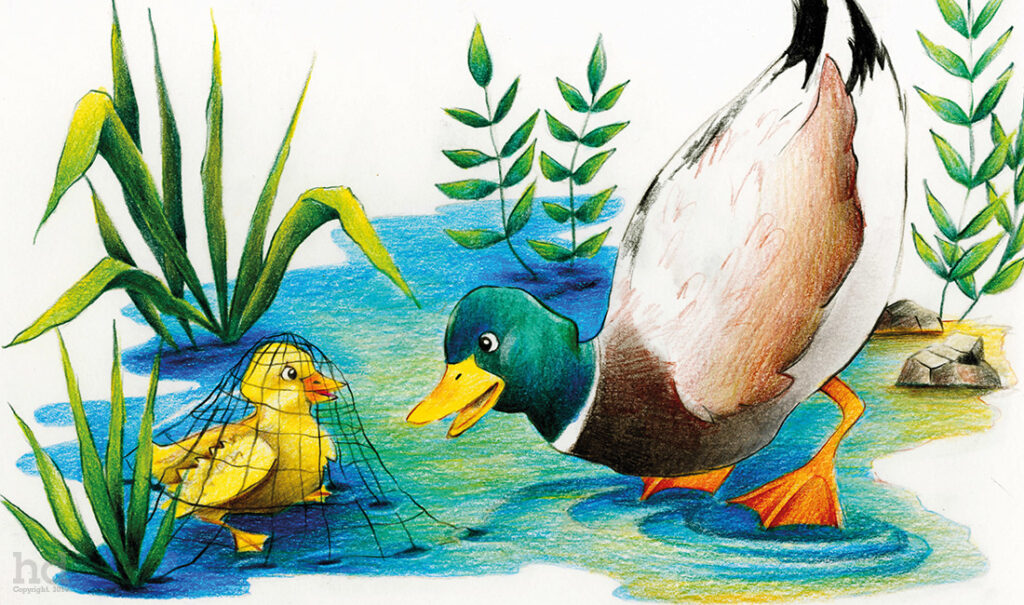
Beyond their psychological appeal, animal characters in children’s literature also offer significant educational value. One of the primary ways in which animal characters educate young readers is by teaching life lessons and values. Through the experiences and actions of animal characters, children learn about the importance of positive traits such as kindness, loyalty, bravery, and honesty. For example, Winnie-the-Pooh’s unwavering friendship with Piglet and the other inhabitants of the Hundred Acre Wood teaches children about the value of true companionship and supporting one another through life’s ups and downs.
Conversely, animal characters can also demonstrate the consequences of negative behaviours, such as greed, dishonesty, or selfishness. In Aesop’s fables, the tortoise’s slow and steady approach helps him win the race against the arrogant hare, teaching children the importance of perseverance and humility. By presenting these lessons through the actions of animal characters, writers can make moral education more engaging and memorable for young readers.
Animal characters also play a crucial role in introducing ecological awareness and respect for nature. Many children’s stories feature animals in their natural habitats, showcasing the beauty and diversity of the natural world. Through these stories, children develop a love for animals and a desire to protect their habitats. Books like “The Lorax” by Dr. Seuss or “The Snail and the Whale” by Julia Donaldson encourage environmental stewardship by highlighting the interconnectedness of all living things and the importance of preserving our planet for future generations.
Lastly, animal characters contribute to the development of language skills and literacy in young readers. The memorable personalities and engaging storylines of animal characters can make reading more enjoyable for children, encouraging them to read more frequently and independently. Moreover, the descriptive writing and dialogue associated with animal characters can enhance children’s vocabulary and language comprehension. As children read about the “mischievous” monkey or the “brave” lion, they expand their linguistic repertoire and develop a greater appreciation for the power of words.
Animal characters in children’s literature offer a wealth of educational benefits, from teaching life lessons and values to promoting ecological awareness and developing language skills. By harnessing the educational potential of animal characters, writers and educators can create stories that not only entertain but also inform and inspire young readers.
Transcending Human Differences through Animal Characters
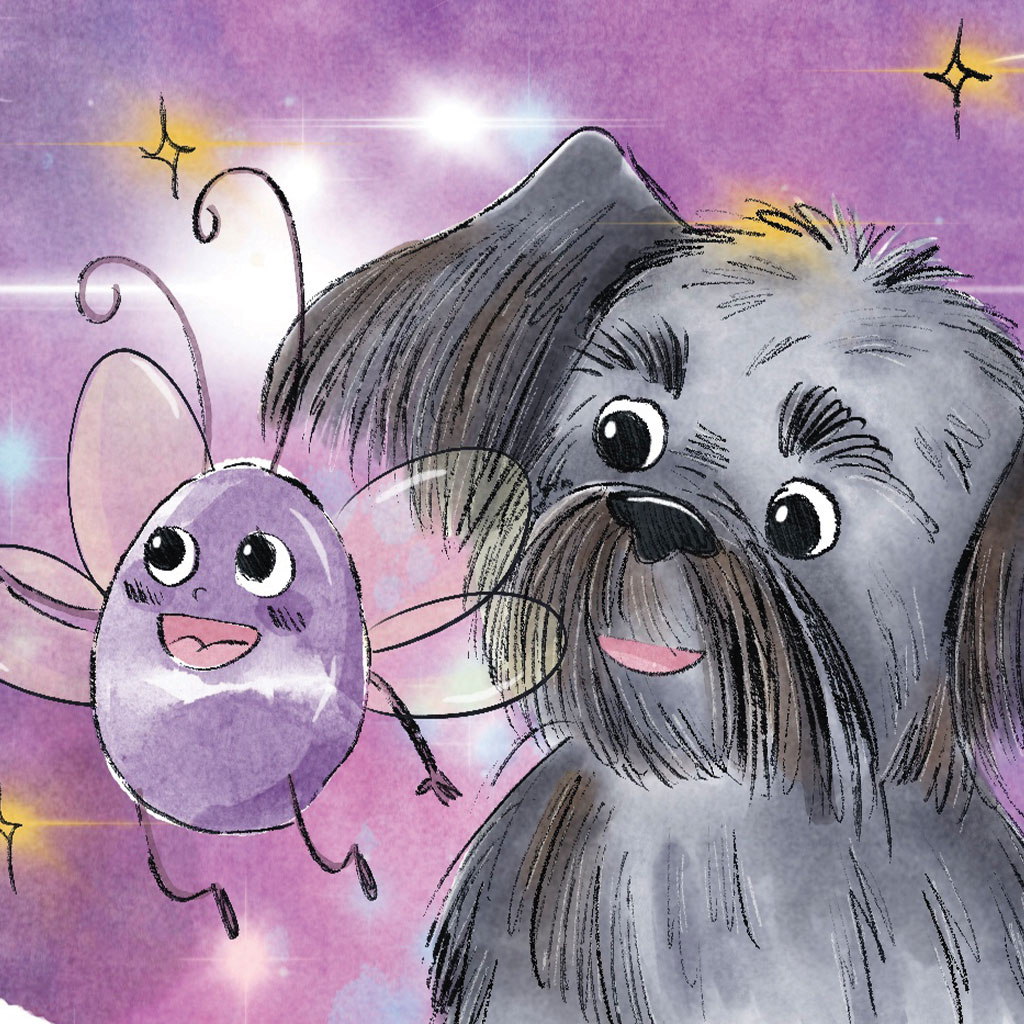
One of the most remarkable aspects of animal characters in children’s literature is their ability to transcend human differences and promote inclusivity and diversity. Unlike human characters, who are often tied to specific ethnicities, cultures, or appearances, animal characters can represent a wide range of personalities and backgrounds without relying on stereotypes or preconceptions. A story featuring a group of diverse animals working together towards a common goal can teach children about the value of cooperation and acceptance, regardless of individual differences.
This inclusive nature of animal characters also helps children develop empathy and understanding towards others. By witnessing the shared emotions and experiences of animal characters, children learn to recognise that all living beings, regardless of species, can feel joy, sadness, fear, and love. This realisation fosters compassion and a sense of connection with the world around them, encouraging children to treat all creatures with kindness and respect.
Moreover, animal characters have the unique ability to unite readers across cultures and generations. While human characters may be more relatable to children from a specific cultural background, animal characters can appeal to children worldwide, as they are not bound by cultural or geographical boundaries. This universal appeal has contributed to the enduring popularity of classic animal stories like “The Tale of Peter Rabbit” by Beatrix Potter or “The Cat in the Hat” by Dr. Seuss, which continue to captivate children decades after their initial publication.
The timeless nature of animal characters also allows them to serve as a bridge between generations. Parents and grandparents who grew up loving a particular animal character can share that same story with their children and grandchildren, creating a shared experience and fostering a love for reading that spans generations. This intergenerational bond strengthens family ties and helps preserve the cultural heritage of storytelling.
In a world that is increasingly diverse and interconnected, the ability of animal characters to promote inclusivity, empathy, and unity is more important than ever. By embracing the power of animal characters to transcend human differences, writers and educators can create stories that not only entertain but also contribute to building a more compassionate and understanding society.
Famous Animal Characters in Children’s Literature
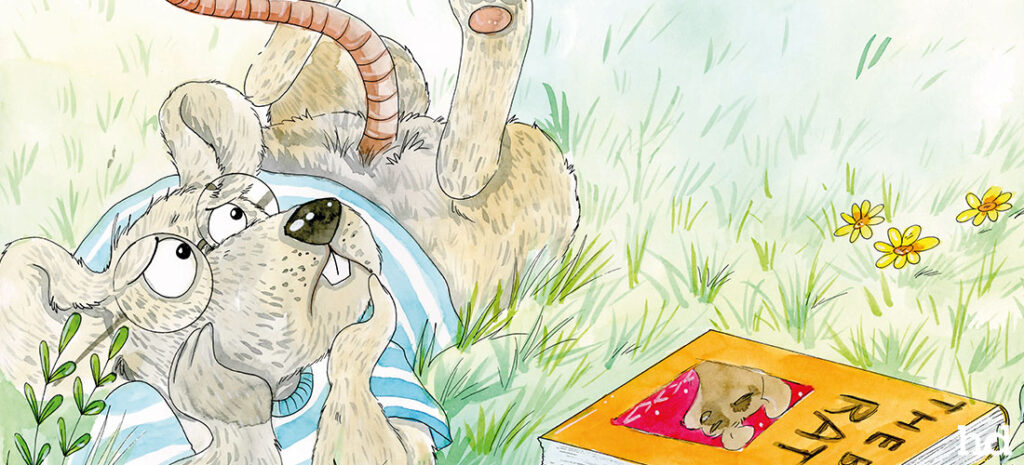
Throughout the history of children’s literature, countless animal characters have left an indelible mark on the hearts and minds of young readers. These characters, both classic and contemporary, have become iconic figures in their own right, shaping the landscape of children’s literature and influencing generations of readers.
One of the most beloved classic animal characters is Winnie-the-Pooh, created by A.A. Milne. This lovable bear, with his simple yet profound insights and unwavering loyalty to his friends, has captivated children for nearly a century. The stories of Pooh and his adventures in the Hundred Acre Wood are filled with themes of friendship, simplicity, and the power of imagination. Pooh’s enduring popularity and cultural impact are a testament to the timeless appeal of animal characters in children’s literature.
Another classic animal character that has stood the test of time is Peter Rabbit, the mischievous protagonist of Beatrix Potter’s tales. Peter’s adventures in Mr. McGregor’s garden, along with his interactions with other animal characters like Benjamin Bunny and Squirrel Nutkin, have delighted children for generations. Potter’s stories explore themes of mischief, consequences, and personal growth, as Peter learns valuable lessons about responsibility and the importance of family. The success of Potter’s books has also led to a wide range of merchandise and adaptations, cementing Peter Rabbit’s status as a cultural icon.
In recent years, contemporary animal characters have also made a significant impact on children’s literature. Julia Donaldson’s “The Gruffalo” has become a modern classic, thanks to its clever storytelling, memorable rhymes, and the endearing relationship between the cunning mouse and the fearsome yet lovable Gruffalo. The story addresses themes of bravery and outwitting adversaries, teaching children that intelligence and resourcefulness can help them overcome even the most daunting challenges.
Another contemporary example of the power of animal characters is the “Kung Fu Panda” franchise, created by DreamWorks Animation. The protagonist, Po, is a clumsy yet determined panda who dreams of becoming a kung fu master. Through his journey of self-discovery and growth, Po learns to embrace his unique qualities and believe in himself, ultimately becoming the Dragon Warrior. The “Kung Fu Panda” stories promote self-belief, perseverance, and the importance of inner strength, all while appealing to modern audiences through humour and action-packed storytelling.
Central to the success of these classic and contemporary animal characters is the concept of anthropomorphism, or the attribution of human traits and emotions to non-human entities. By assigning human characteristics to animal characters, writers create relatable and engaging personalities that children can easily connect with. Whether it’s Pooh’s love for honey, Peter Rabbit’s mischievous nature, or Po’s determination to succeed, these anthropomorphised traits help bring the characters to life, making them more than just animals on a page.
The enduring legacy of classic animal characters and the impact of contemporary ones demonstrate the vital role that these characters play in children’s literature. By creating memorable, relatable, and engaging personalities, writers and illustrators have ensured that animal characters will continue to captivate and inspire young readers for generations to come.
Conclusion: Animal Characters in Children’s Stories
Animal characters play an indispensable role in children’s literature, offering a wealth of psychological, educational, and inclusive benefits. From providing emotional comfort and stimulating imagination to teaching life lessons and promoting ecological awareness, animal characters contribute to the holistic development of young readers. Moreover, their ability to transcend human differences and unite readers across cultures and generations makes them a powerful tool for fostering empathy, compassion, and understanding in an increasingly diverse world.
The enduring appeal of animal characters is evident in the continued popularity of classic characters like Winnie-the-Pooh and Peter Rabbit, as well as the emergence of contemporary favourites like the Gruffalo and Kung Fu Panda. These characters, with their memorable personalities and engaging stories, have become an integral part of the fabric of children’s literature, shaping the way children understand and interact with the world around them.
As we move forward, it is essential for parents, educators, and writers to recognise and leverage the power of animal characters in storytelling. By creating and sharing stories that feature diverse, relatable, and inspiring animal characters, we can help children develop the emotional, cognitive, and social skills they need to navigate an increasingly complex world. In doing so, we not only entertain and educate young readers but also contribute to building a more compassionate, inclusive, and understanding society.
In the end, the timeless appeal of animal characters in children’s literature serves as a reminder of the universal power of storytelling. Through the adventures, triumphs, and challenges of these beloved characters, children learn valuable lessons about themselves, others, and the world around them – lessons that will stay with them long after the final page is turned.
Bring your stories to life with charming, custom character designs from Happydesigner – where creativity meets fun!
Further Reading
For those interested in delving deeper into the topic of animals in children’s literature and their impact, here are some recommended readings:
- Why Are There So Many Animals in Children’s Literature? – Kidpressroom This article explores the historical and psychological reasons behind the prevalence of animal characters in children’s books, discussing how anthropomorphism helps convey complex themes and facilitates character development. Read the full article here.

